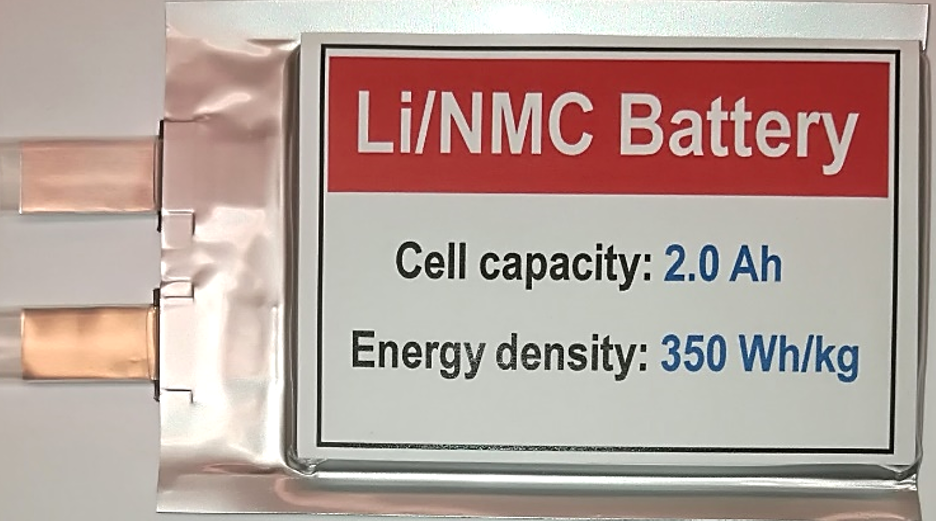From pv magazine USA
Researchers at the Pacific Northwest National Laboratory (PNNL) have made a chemical breakthrough that they believe will allow electric vehicle batteries to hold almost twice the energy of their traditionally used lithium-ion counterparts.
The solution in question is a lithium-metal chemistry with an energy density of 350 watt-hours per kilogram (Wh/kg), which is on the higher end of the spectrum, but not entirely in a league of its own. The chemistry also has the added advantage of being much lighter than traditional lithium-ion chemistries.
These aspects of lithium-metal are not new, however. What is new is the resilience of the battery. Historically, lithium-metal batteries have been plagued by premature death, with previous record holders accomplishing just 200 cycles before seeing significant drops in capacity.
The chemistry developed by the PNNL team was able to maintain 76% of its initial capacity after 600 cycles, blowing the old record out of the water. There is still work to be done for sure, as currently used EV batteries typically last for around 1,000 cycles.
To continue reading, please visit our pv magazine USA website.
This content is protected by copyright and may not be reused. If you want to cooperate with us and would like to reuse some of our content, please contact: editors@pv-magazine.com.








1000 cycles… means 3 years with daily charge/discharge…. in the end… where does the toxic waste go… think about 200million vehicles produced annually… will in three years time require 100Million Tons of Toxic Waste to be “taken care of”… all that we are headed for is ANOTHER NUCLEAR WASTE DISASTER… MUCH LARGER BUT NOT 100,000 YEARS LONG… some consolation…!!!!
You are presuming 100% D O D each day – probably not actual conditions –